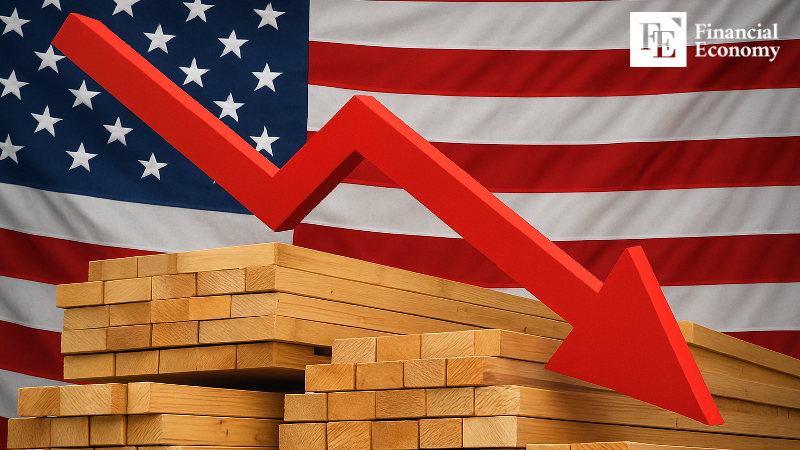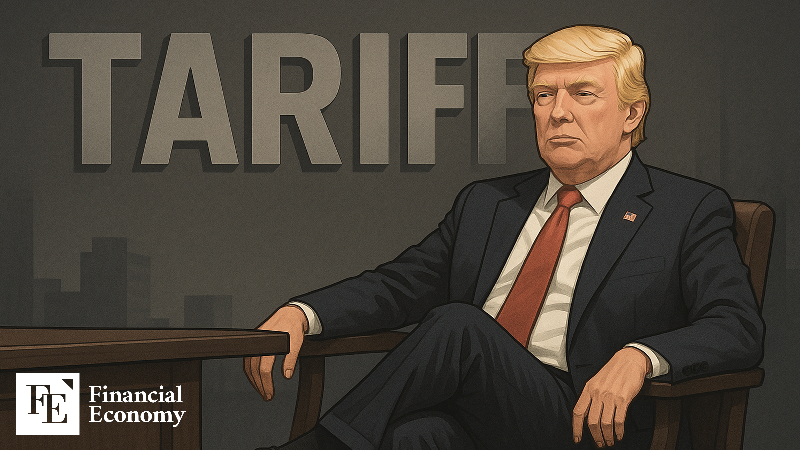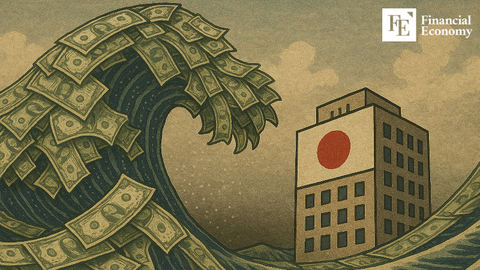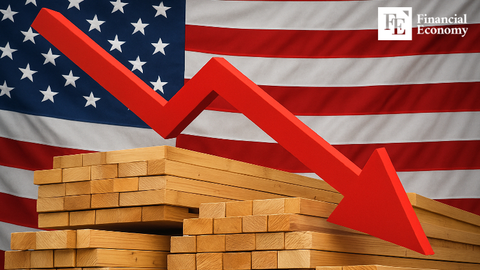U.S. Lumber Prices Plunge as Housing Slumps and Tariff Risks Mount
Input
Changed
“Down 25% in Just a Month” — U.S. Lumber Prices Plunge Housing Market Slump Leaves Stockpiles With Nowhere to Go Trump-Era Tariff Risks Add to Market Uncertainty

U.S. lumber futures have plunged as the housing market—normally the main driver of demand—has frozen, leaving producers with excessive stockpiles and upsetting the balance between supply and demand. Adding to the pressure, President Donald Trump’s tariff policies have fueled market uncertainty and further weighed on prices.
U.S. Lumber Prices Lose Momentum
On the 8th (local time), the Wall Street Journal reported that plunging lumber prices have set off alarm bells for the U.S. economy. According to the report, U.S. lumber futures are currently trading at about $522 per 1,000 board feet (BFT)—a standard unit measuring a board one foot long, one foot wide, and one inch thick. That marks a drop of roughly 25% from the peak reached just a month earlier, the highest in three years.
The decline is being driven in part by excessive inventories. Lumber market analyst and consultant Matt Layman noted, “Producers were overconfident and kept piling up stock in the U.S., ignoring weak demand. Right now, there’s enough lumber in inventory to last for months.”
The slump in the U.S. housing market is also weighing on prices. With the exception of a few major cities, most homes in the U.S. are built with wood, using the light-frame construction method, which relies on thin lumber for the house’s structure. One industry expert explained, “From suppliers to builders to insurers, the entire U.S. housing ecosystem is tailored to wood-frame construction. Since demand for such homes has been steady, there has been little incentive to take risks with new building methods.” The expert added, “In July, the number of new housing permits in the U.S. fell to its lowest since June 2020, which naturally dampens lumber demand.”
The 2021 Lumber Crisis in the U.S.
The influence of the housing market on U.S. lumber prices can be seen clearly in the “lumber crisis” that hit during the COVID-19 pandemic. In March 2021, U.S. housing starts surged to 1.739 million units, the highest level since June 2006—nearly a 15-year peak—driven by low interest rates and the spread of remote work.
While demand for lumber soared, supply contracted. As COVID-19 swept across the U.S., many sawmill workers either fell ill or were forced to quarantine under health protocols, causing a sharp drop in production. As a result, lumber prices skyrocketed. In May 2021, lumber futures surpassed $1,600 per 1,000 board feet, an all-time high—about seven times higher than in April 2020, during the first wave of the pandemic.
The surge in lumber prices quickly spilled over into housing costs. In May 2021, the National Association of Home Builders (NAHB) reported that the spike in lumber prices had raised the average cost of a single-family home by $36,000 compared to the previous year. Prices for new multifamily homes rose by $12,000, while monthly rents increased by about $119.

Trump’s Tariffs Fuel Lumber Price Volatility
Some analysts argue that President Donald Trump’s hardline tariff policies have also played a role in driving lumber prices lower. In February, Trump announced plans to impose a 25% tariff on lumber-related products and signed an executive order the following month directing an investigation into the national security impact of lumber and timber imports. Under the order, the Commerce Secretary must submit a report to the president within 270 days.
At the time of the signing, a White House official said in a briefing, “Across the globe, including in some allied nations, bad actors are subsidizing overproduction and dumping it into the U.S. market. As a result, America is losing its domestic manufacturing capacity.” The official named Canada—America’s largest supplier of structural lumber—along with Germany, Brazil, China, and Korea as “overproduction countries.” Canadian structural lumber accounts for about 80% of U.S. structural lumber imports and roughly 30% of the entire U.S. structural lumber market.
Currently, antidumping and countervailing duties on Canadian softwood lumber have already risen from 15% to as high as 35%. With the Trump administration now considering additional sweeping tariffs on lumber imports on national security grounds, the cost burden on Canadian imports could climb even further. This tariff-driven uncertainty is one of the key factors behind the extreme volatility in U.S. lumber prices.






















Comment